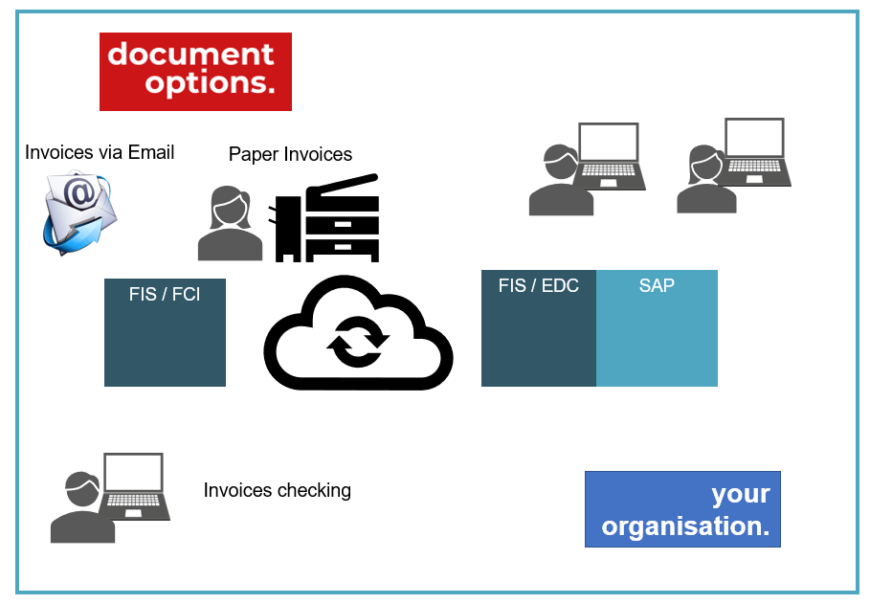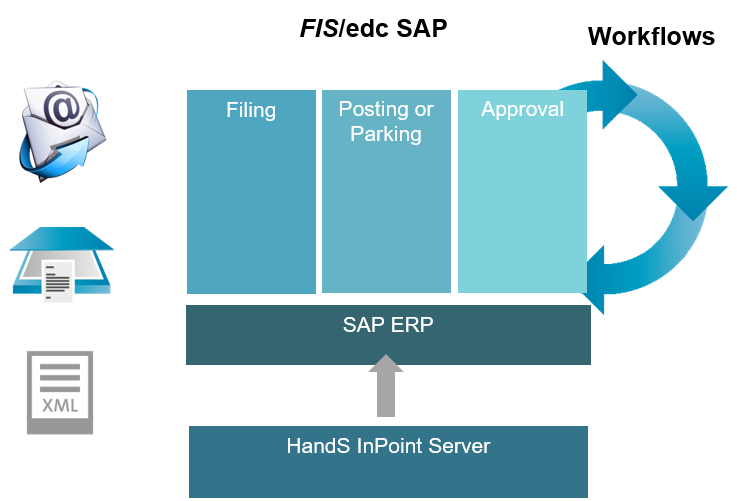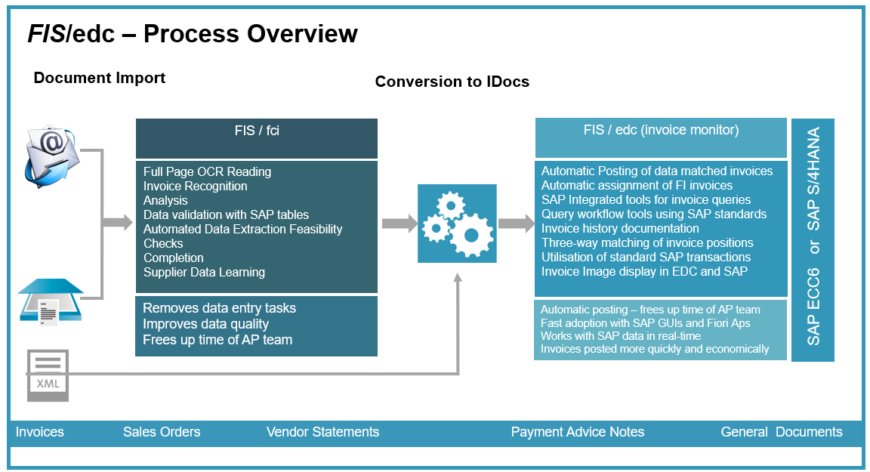SAP Master Data Quality Improvements Starting at the Source
Master data created in a pre-defined process involving employees with expertise where it is needed. FIS / mpm is deeply integrated with SAP.
Many organisations create master data in their ERP systems on an unscheduled and ad hoc basis. This often leads to errors and is one of the reasons for poor data quality. A direct consequence of this master data creation process is decreasing satisfaction among employees, vendors and customers.
To solve these issues, FIS Information Systems has developed a new way for optimising the process of creating, maintaining and managing master data. FIS have developed an SAP add-in technology that requires no modifications to SAP standard.

Governance – New Master Data and Maintenance
The FIS / mpm (master data and price management) software allows users to create new data with pre-defined forms and workflows. Within the technology a “staging area” is able to:
- store master data under review
- import and export data with SAP
- allow (mass) imports of master data (i.e. from other ERP systems) in various formats
- make bulk changes to data (i.e. increase material/article prices on a given date).
With FIS / mpm, employees are integrated into a defined maintenance process even if they do not have the authorisation to maintain master data. They do not need to have sufficient knowledge of a specific data record structure.
The FIS / mpm “staging area” uses its own tables and namespace within the SAP environment and is fully integrated with SAP (ECC 6, S/4HANA, Private Cloud etc). Essential tasks are now distributed to individuals or user departments. Missing data is supplemented and inaccurate data is corrected where the expertise is, applying quality control early in the data creation process.
Forms can be created for changing or creating master data, which can be filled in without any knowledge of organisational structures or master data classes. Users enter exactly the data they know and the rest is supplemented automatically or requested from other employees involved by using a workflow.
At the same time, this tool provides numerous options of automatically carrying out enrichments or enhancements. Erroneous entries can be minimized in this way.
Using this method, data can be enriched within the enterprise and without risk.
Data Quality and Business Processes
Data quality has to be considered during the modelling of business processes. So a data maintenance tool must be capable of being integrated into the business processes to provide a seamless interface to master data creation and change for users.
For this purpose, FIS / mpm can be called via a fast access button for instance. This enables employees to directly access their master data worklists from a specific transaction. The fast access button can also be implemented at other points, i.e. wherever employees get in touch with business processes requiring direct access to generating a master data creation or change request.
Continuous Data Checking and Governance
With FIS / mpm, the data quality is checked at regular intervals during the master data creation/ change process. Defining the responsibilities when dealing with master data is a data governance topic. The FIS / mpm architecture allows for the entry of master data by each person involved in a specific business process and not just by the master data manager. This master data is temporarily stored in the “staging area” tables and submitted to the person responsible for the release.




















